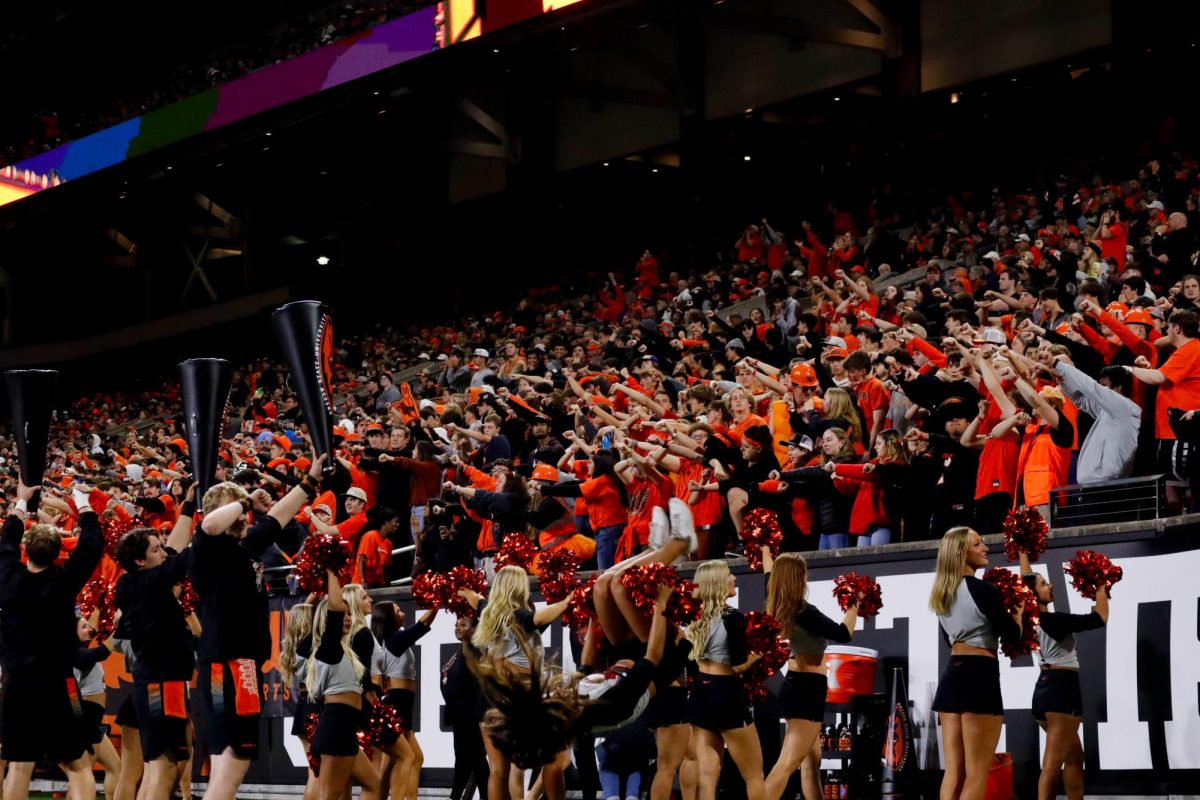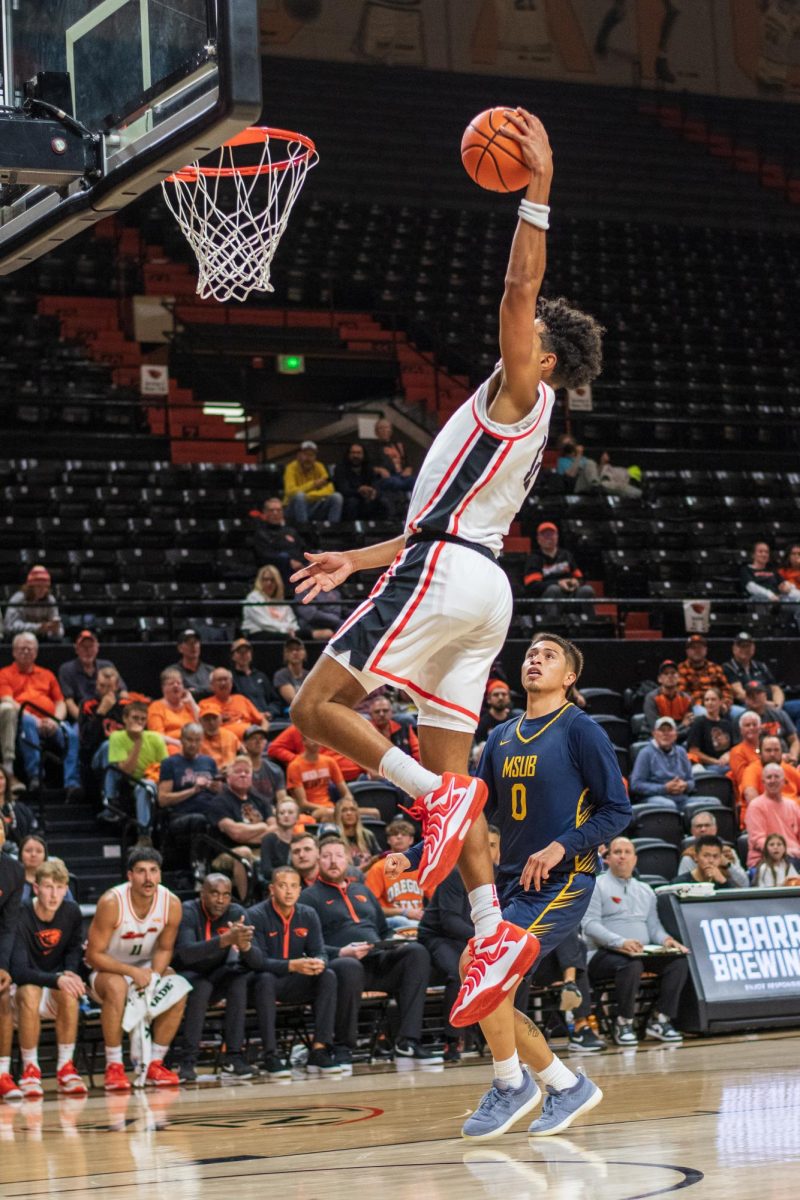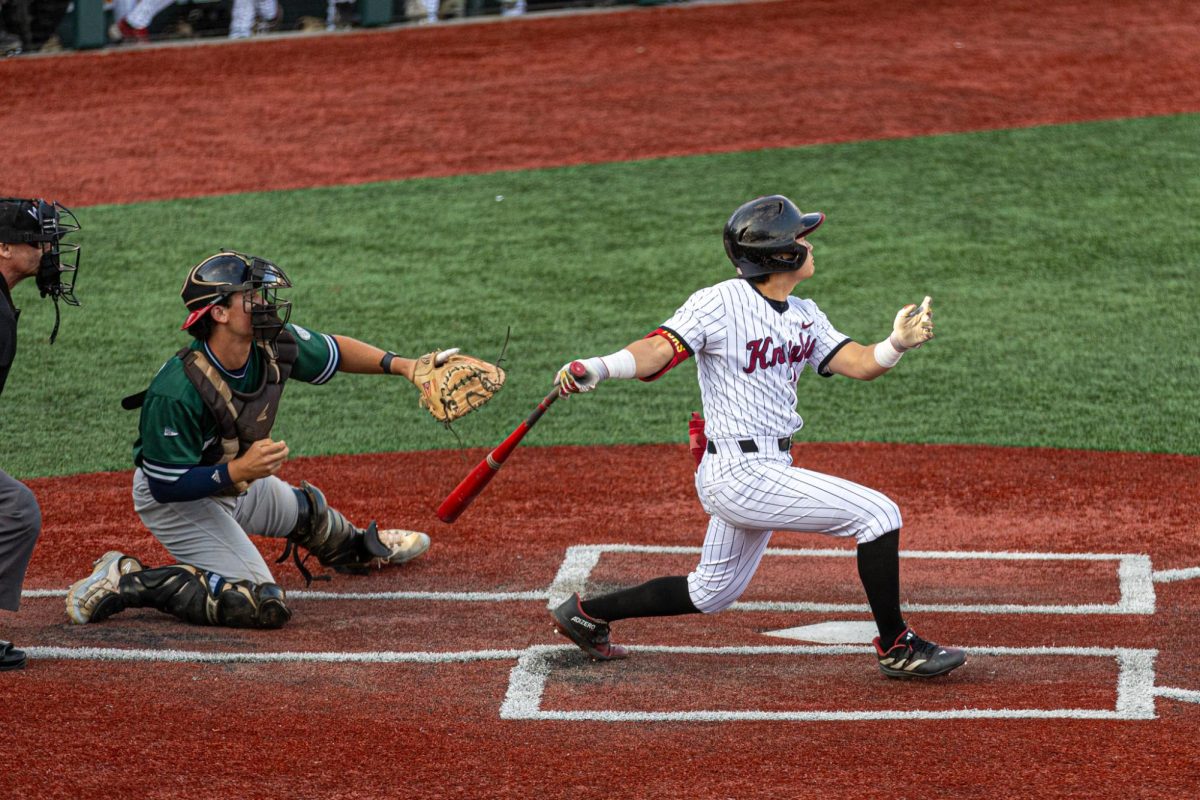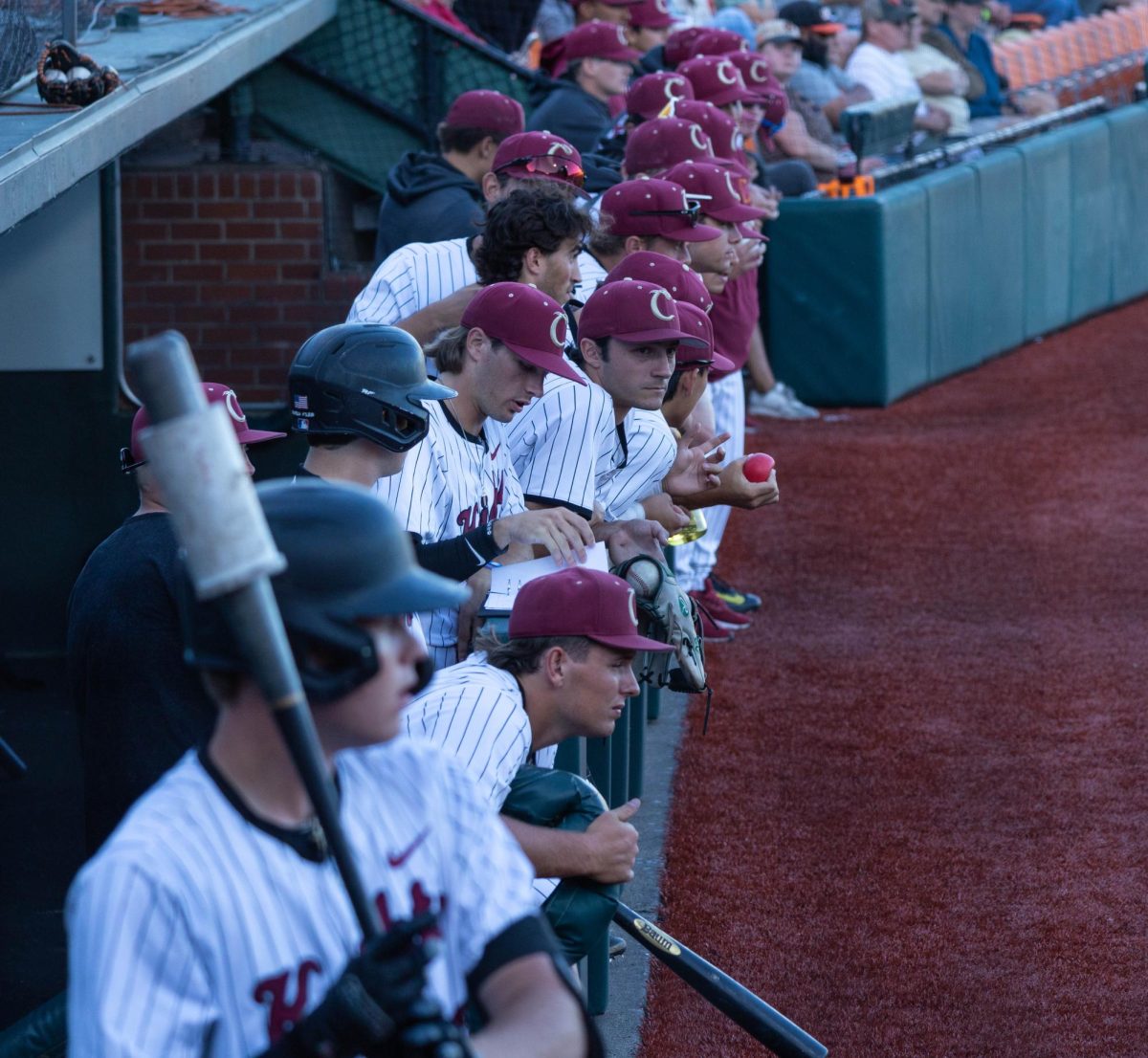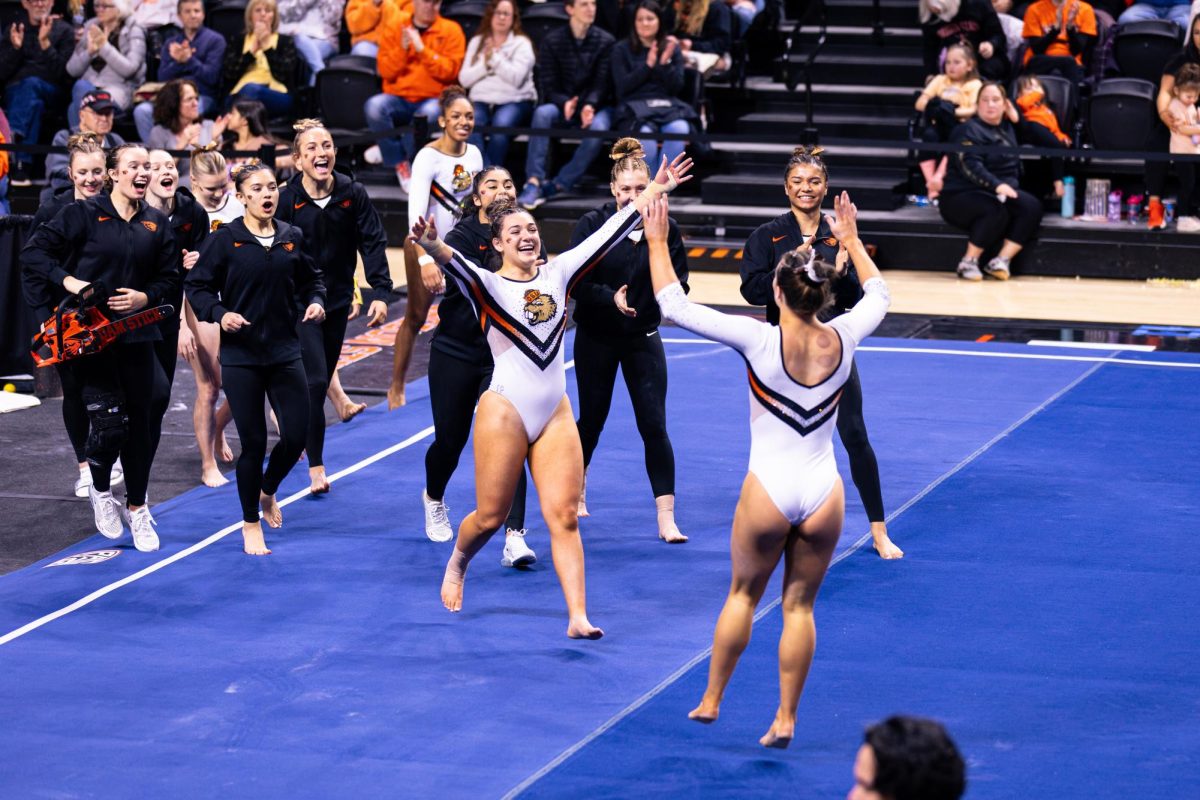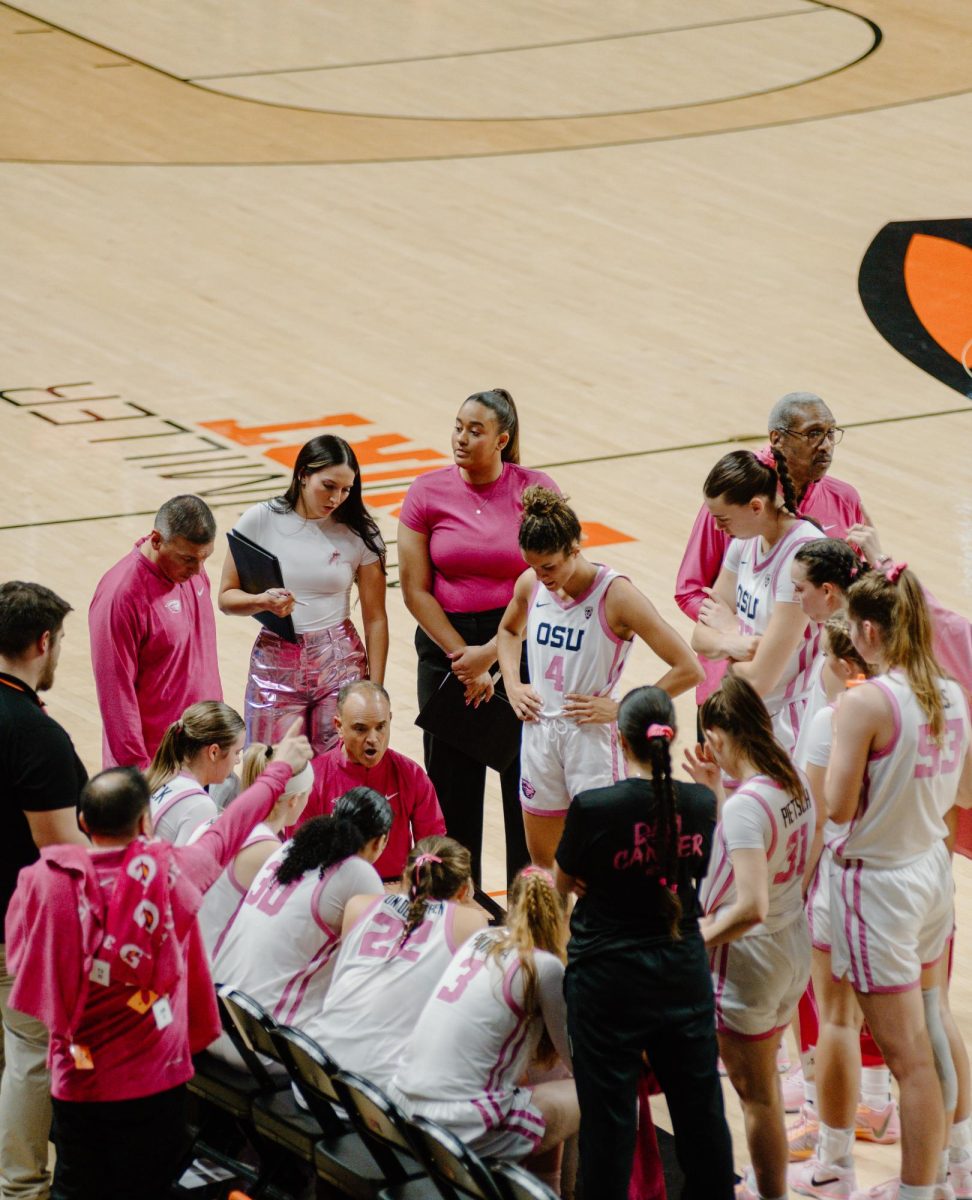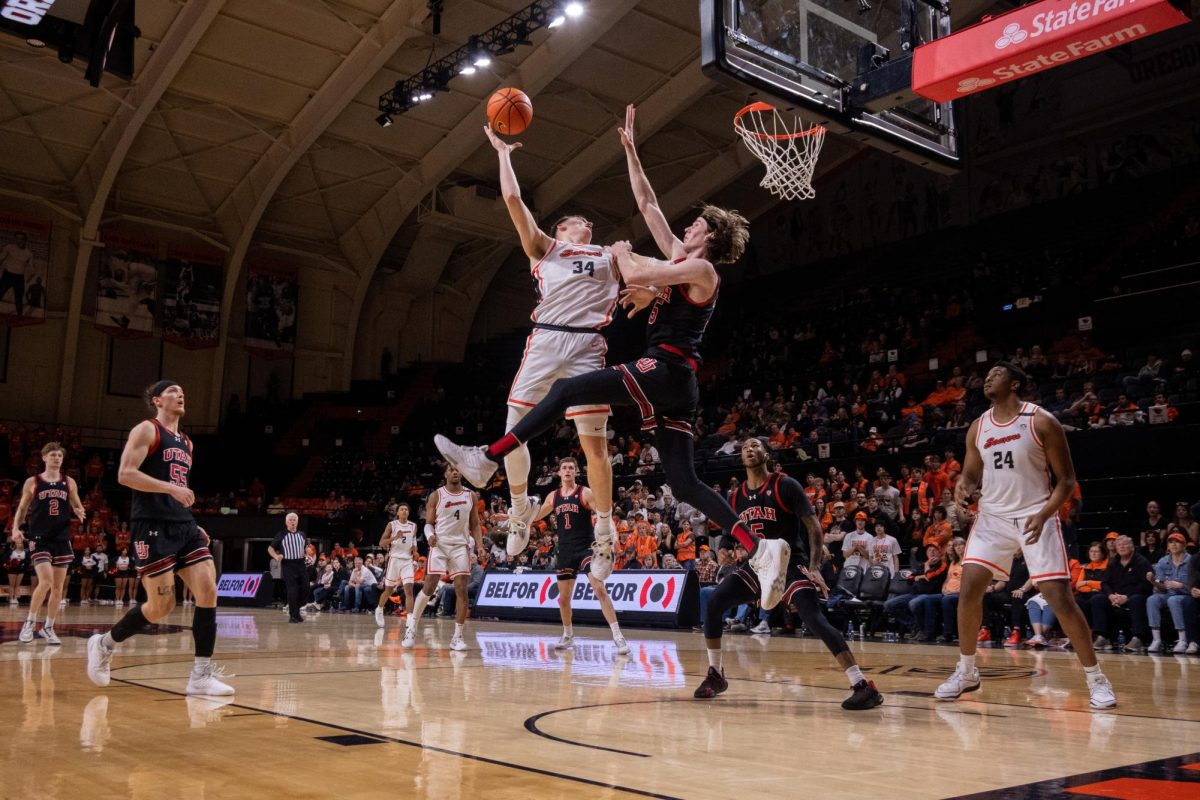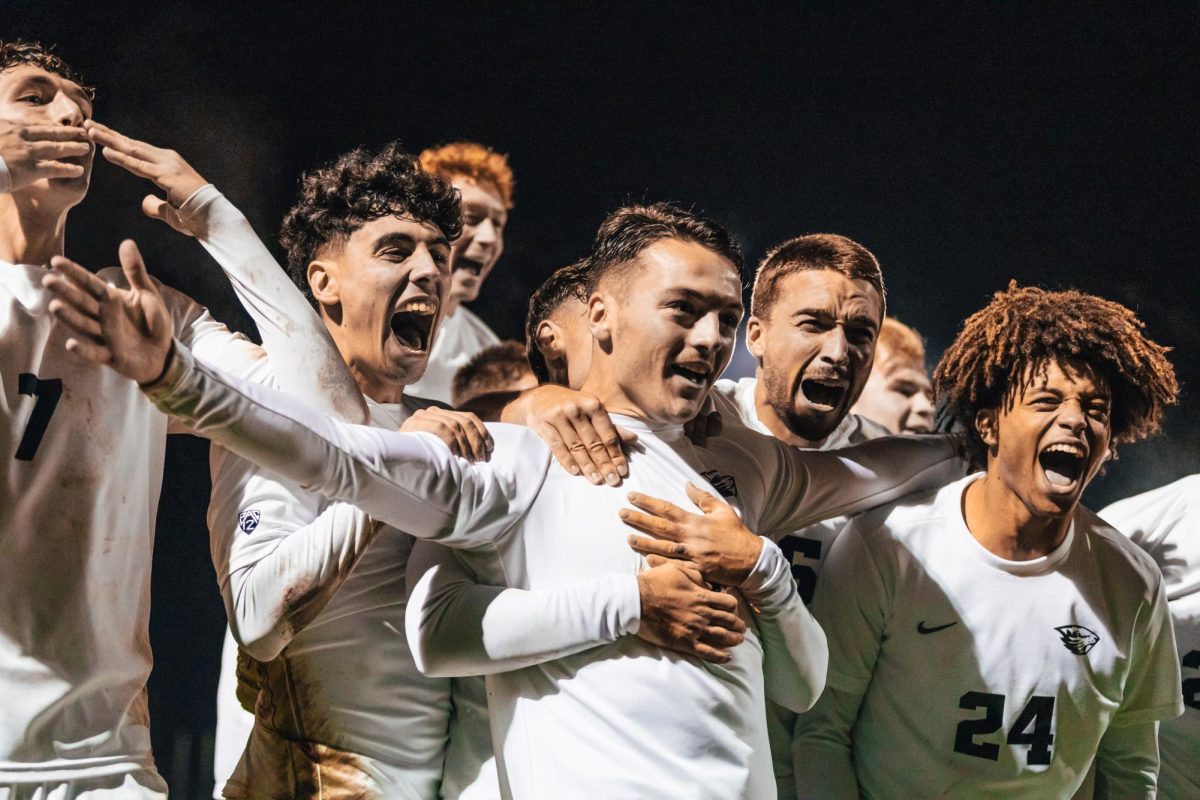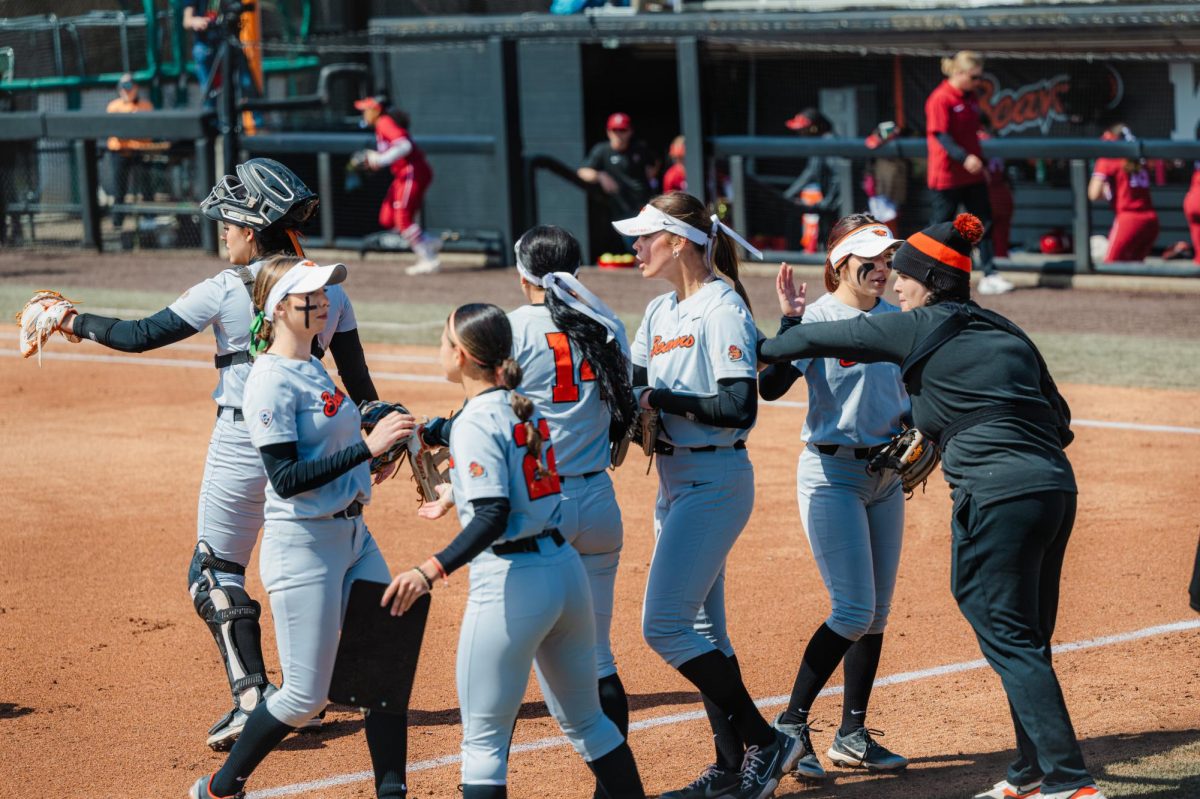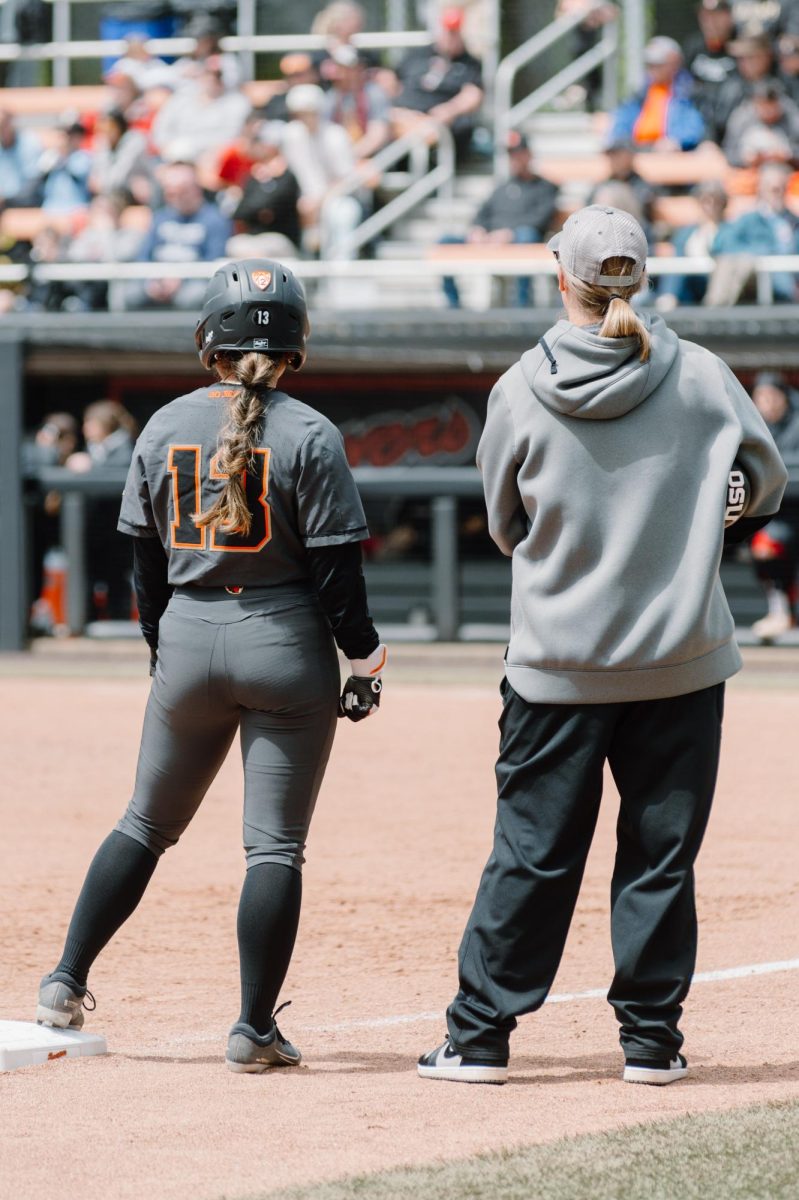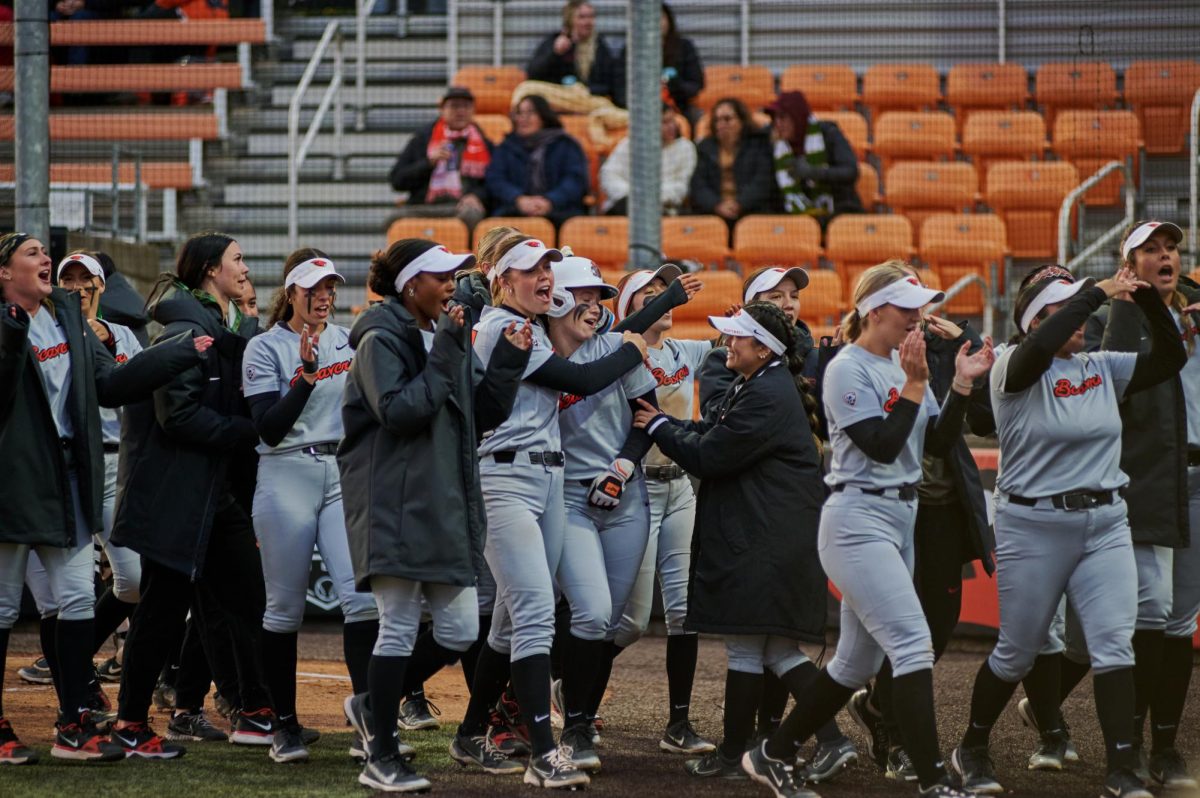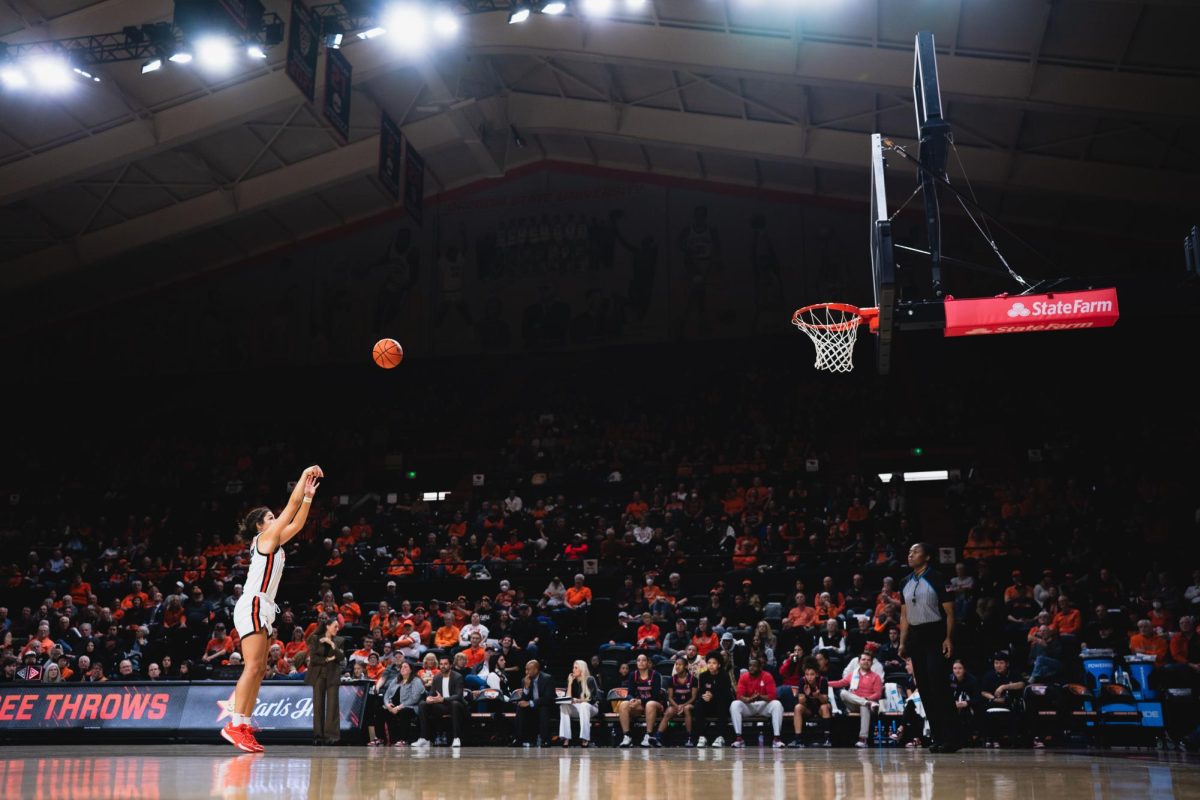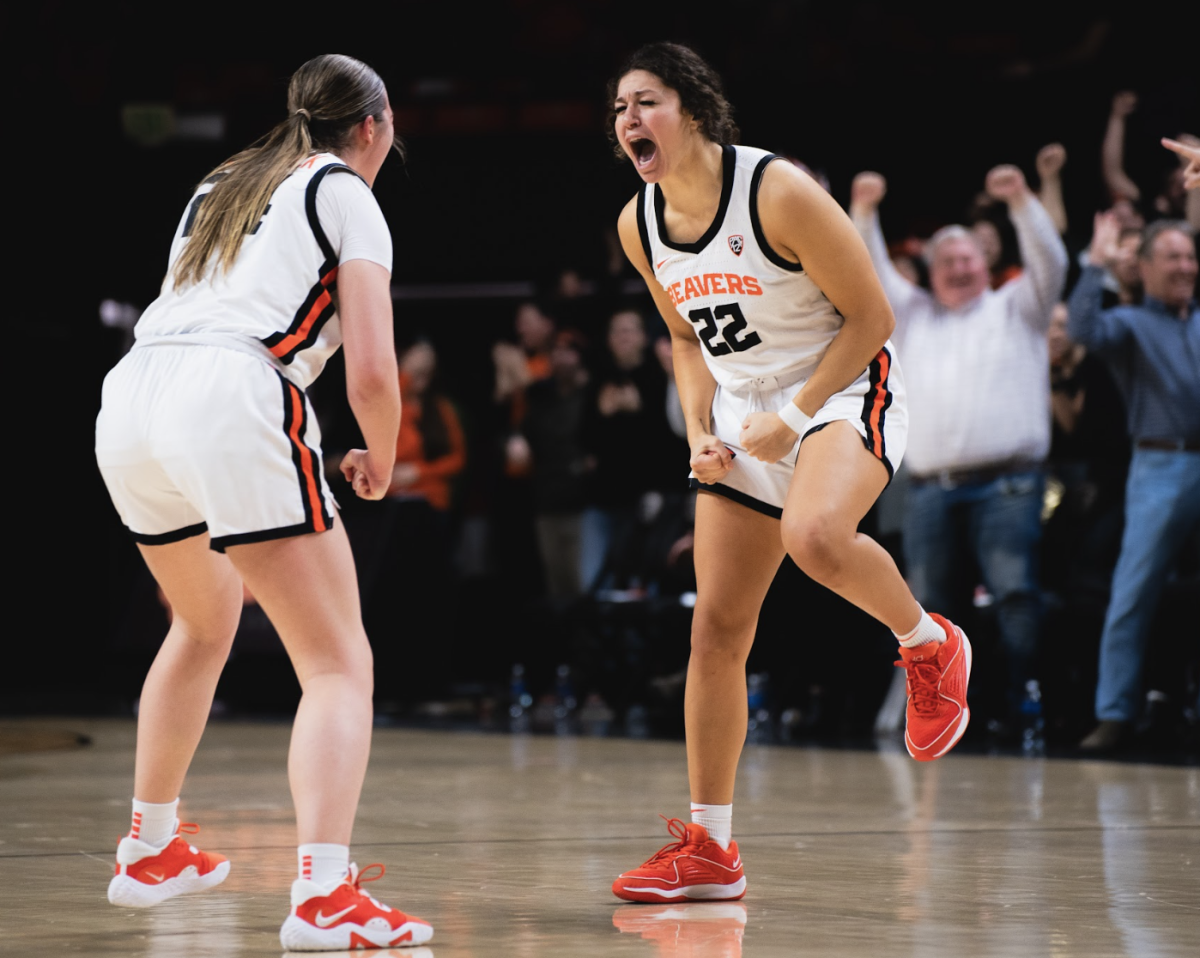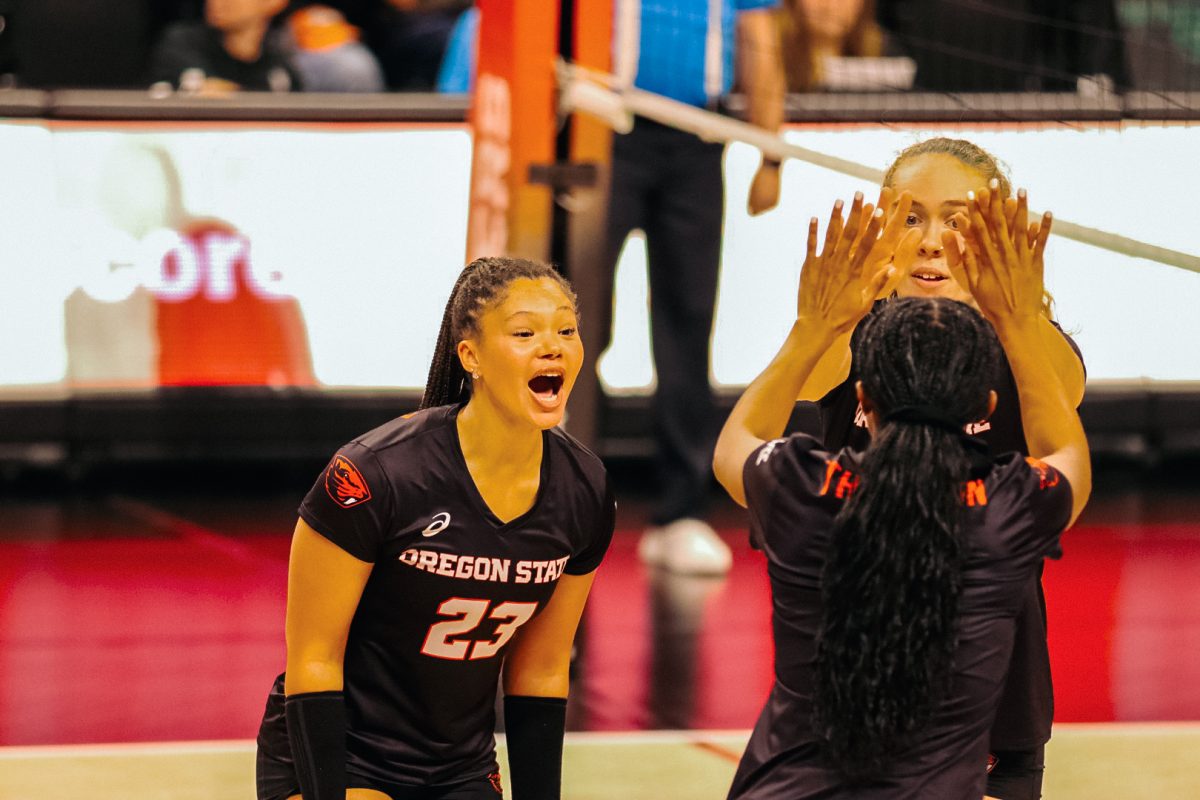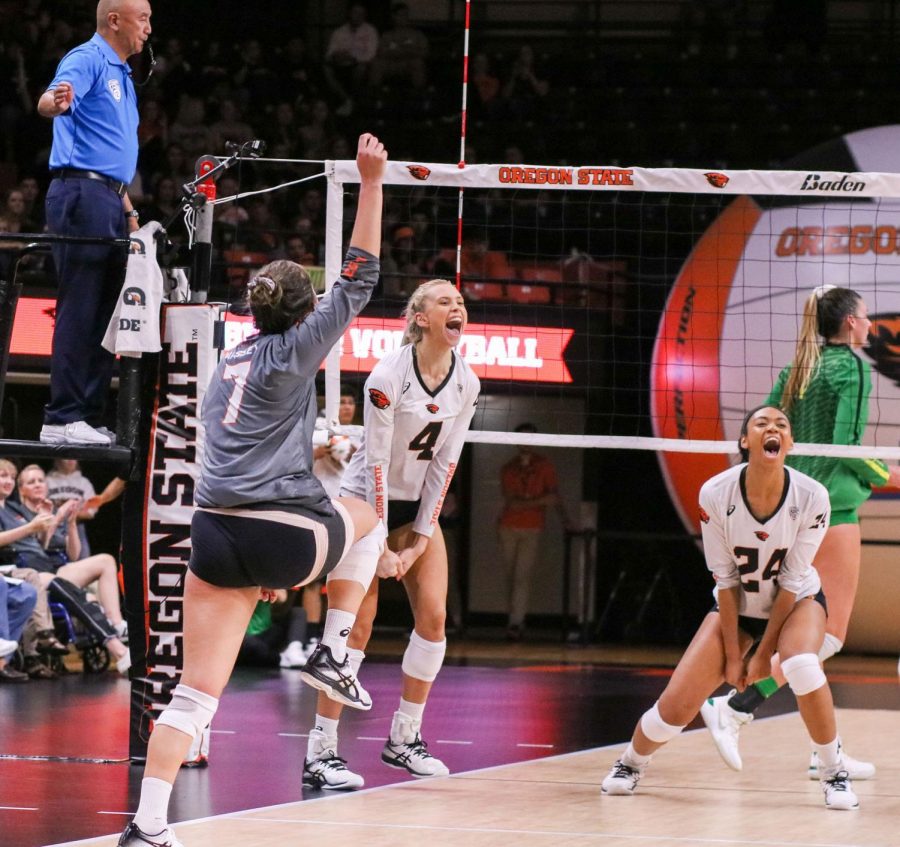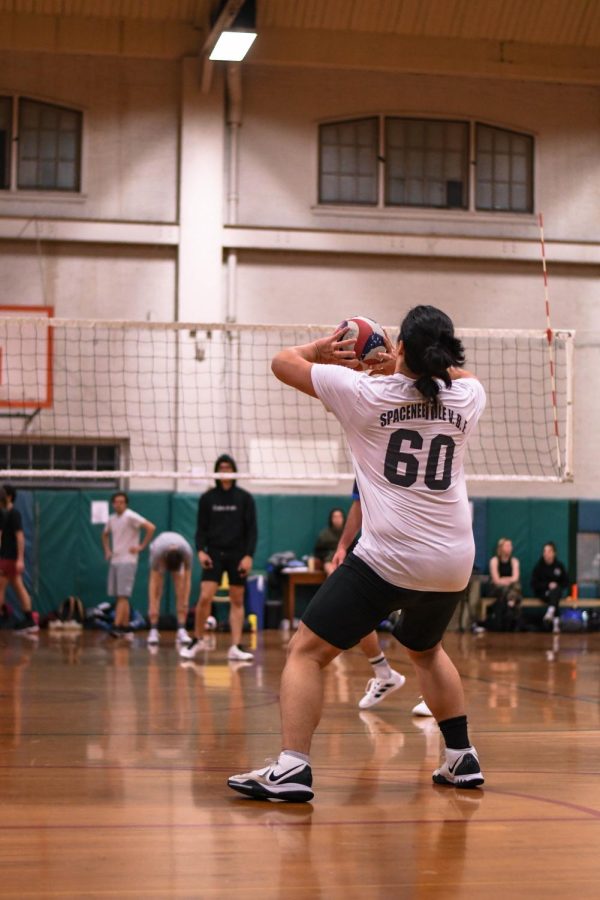Oregon State University Polo Club
March 3, 2016
While many people may think of a pool when they hear the word “Polo,” for the 15 students on the club Polo team at Oregon State University, the word is associated with something entirely different.
Mariah Mudgett, captain of the OSU Women’s Polo team and a senior in animal science, knows the game of polo inside and out.
“There are two types of polo: field and arena. Because college players have limited resources, we play arena polo rather than on a nine-acre field,” explained Mudgett. “There are three players on each side and a goal on each side.
Mudgett explained that 12 horses are needed to play a game. Each team has six horses, which is called a string. Games are played three-on-three, with three subs each. There are seven and a half minute quarters in each game—called chukkers.
Mudgett said the club is always looking for new members.
“We definitely need players every year since we are founded on the fact that people should join all the time,” said Mudgett. “The best way for a student to join is by visiting the team’s Facebook page.”
The captain of the OSU Men’s Polo team, Abel Estraviz, a senior in liberal studies, had no prior horse-riding experience before asking a friend on the Polo team if he could join. He said he came to OSU to be on the rowing team.
“Most people assume polo is a snobby sport, but with a modest interest, anyone can join,” said Estraviz.
Jake Fenger, a varsity player on the OSU Men’s Polo team, also had zero horse riding experience prior to joining the club. He likes the tradition of the sport and how it affects their uniforms.
“We wear white pants, which is a polo tradition and our jersey is an actual polo shirt,” said Fenger. “We also wear riding boots, knee guards, goggles, and helmets. A lot of polo is traditional.”
Fenger also welcomes the physical nature of the sport.
“Polo is a combination of soccer, croquet, and lacrosse on a horse’s back—people think it’s an elegant sport, but in reality, it’s elegant for everyone except the players,” Fenger said. “People fall off, bump each other, get hit in the face with the ball—it’s more physical than people think it is.”
Mudgett ensures that polo is safe despite its physicality.
“The horses and players must be kept safe,” said Mudgett. “It’s kind of like driving—you can’t impede the right-of-way. If a player impedes a right-of-way, it’s a foul, and then the opposing team gets a shot at goal—the worse the foul is, the closer the shot at goal is.”
To ensure the right-of-way required during a polo match, Mudgett said there is something that all polo players have to do regardless of handedness.
“We always hold the mallet in our right hand, and we always hold the reigns in our left,” Mudgett said.
Remembering all of the rules and learning to ride a horse can be overwhelming, according to Mudgett.
“The hardest part about playing polo is being able to ride well as well as being able to hit,” said Mudgett. “If you can’t ride the horses as well as you want to, you won’t be able to get to the ball anyways.”
Because the OSU Polo team doesn’t receive enough funding for coaches, they are entirely student led. However, this has not stopped OSU from competing with larger clubs like Standford, who Estraviz said has more than 40 horses and two coaches, or has made them feel down about their team, Estraviz said.
“It’s really cool to share the responsibility of the club,” said Estraviz. “Everyone on the team has a sense of relationship.”
According to Estraviz, since she has been on the polo team, they generally finish in the top three in the preliminary region. This region includes teams such as Washington State University, University of Idaho, and Montana State University, among others.
The women’s polo team won regionals last year and went onto playing in nationals. They came out on top in their region after defeating teams such as the University of Southern California, University of California (Davis), Stanford University, and others, Estraviz said.
When the OSU Polo team plays against other teams, they must drive themselves down to the school that they are playing against for the weekend, according to Fenger.
“In the past, we’ve had our own arenas to play in. Not this year—we need a 150×350-foot arena. But, now we are able to practice at Oregon State Horse Center,” said Mudgett.
Many members enjoy the weekend club excursions.
“We hang out with the other team we play against, and it’s really relaxed,” said Fenger. “Some teams aren’t as social, but there aren’t a lot of polo teams around, so we like hanging out with each other.”
Fenger also appreciates the club’s accommodation on the weekend excursions.
“We stay wherever we can—it’s common to stay at the opposing team’s players’ houses.”
Estraviz claimed his favorite aspect of being a member of the club was meeting members from other clubs.
“It’s all about forming strong bonds with kids at Stanford, Westmont, Cal Poly, WSU, etc.,” Estraviz said.
Both Estraviz and Fenger value the distinctiveness of polo.
“It’s rare that as adults, we get an opportunity to get out of our comfort zone and learn something from the ground up,” Estraviz said.
Fenger echoed this sentiment.
“It’s a unique sport and not many people get to experience the sport in their lifetime,” said Fenger.
The OSU Polo club does not have consistent meeting times, but more information can be found on the club’s Facebook page.












